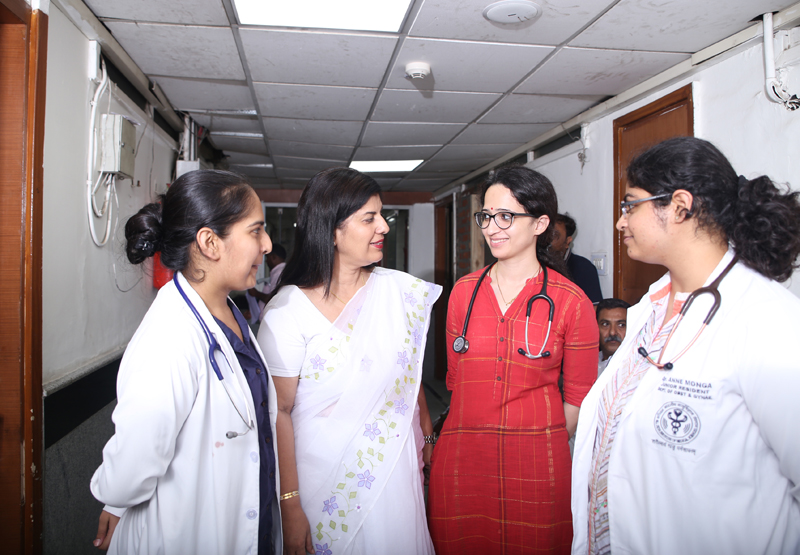Early Detection and Treatment of Precancerous Lesions is Critical to Prevent the Progression of Cervical Cancer
Cervical cancer develops slowly over many years, even decades, often without symptoms.
Screening with high-performance tests of all women between the ages of 30-49 years provides the best opportunity to find precancerous lesions and treat them before they have the chance to progress into cancer.
Most women have healthy cervixes, but it is still extremely important that all women are screened at least twice to ensure they do not have any lesions.
Women who have precancerous lesions or lesions suspicious for cancer must receive timely treatment to prevent progression to cancer.
Early detection and prompt treatment of precancerous lesions are crucial to driving down incidence of cervical cancer.
